I'm converting some COBOL dat file to ASCII using utility vutil:
vutil -extract input.dat > output.txt
I can't get a human readable response from COMP data fields. Here's is part of my FD file
05 FAT-TIPOFT PIC 9(4).
05 FAT-DINI PIC 9(8).
05 FAT-DFIN PIC 9(8).
05 FAT-IMPON PIC S9(7)V99 COMP.
05 FAT-INPS PIC 99.
05 FAT-IMPINPS PIC S9(7)V99 COMP.
05 FAT-IVA PIC 99.
And here an ASCII convertion example:
0107200230062003 ‚p00 20 ³° 6 00 6
The convertion is fine only for the NON-COMP fields
Is there any additional command or alternative utility or technique to convert COMP fields?
Note I don't want to enter into Cobol world, I just want to convert data and get rid of it!
